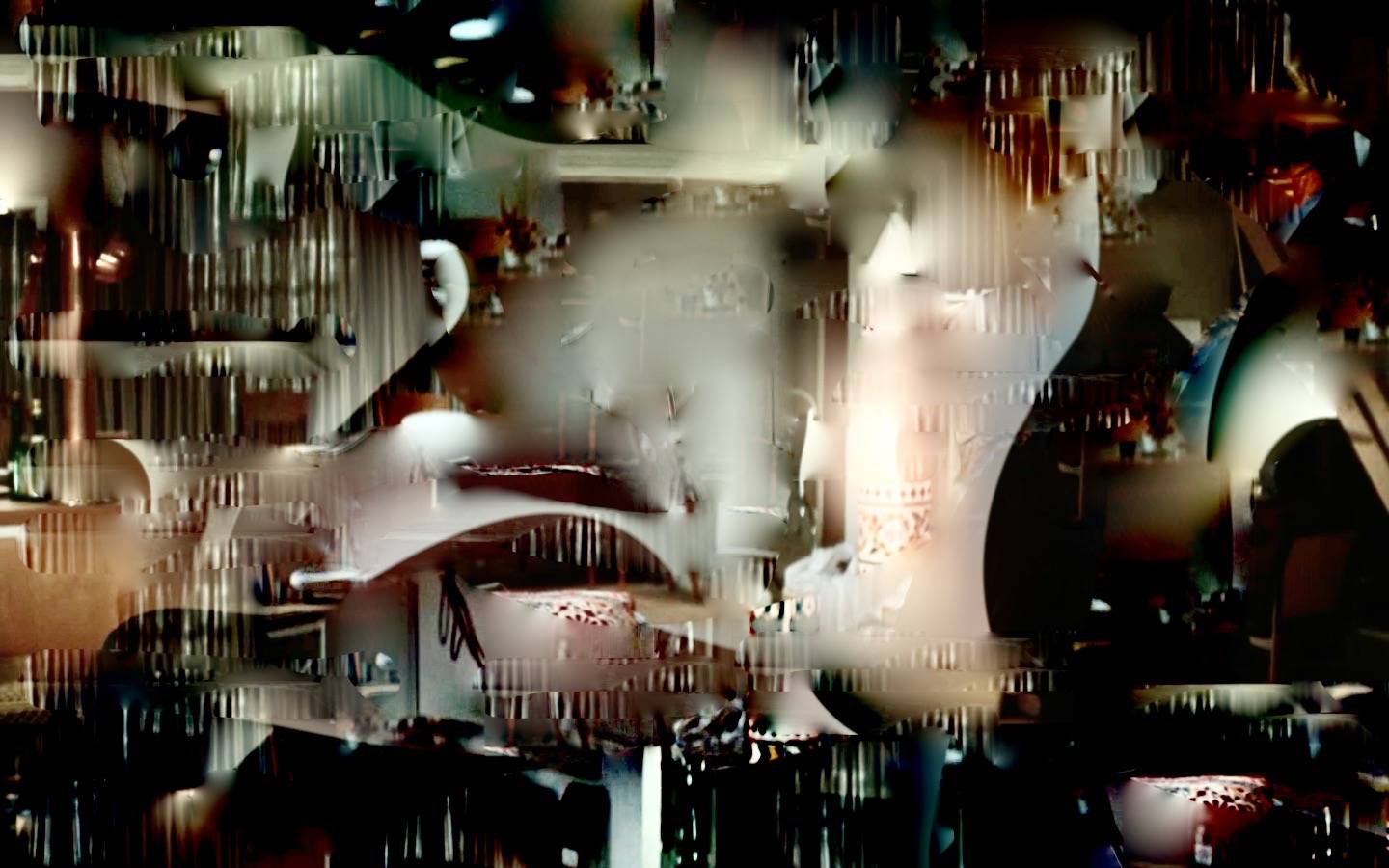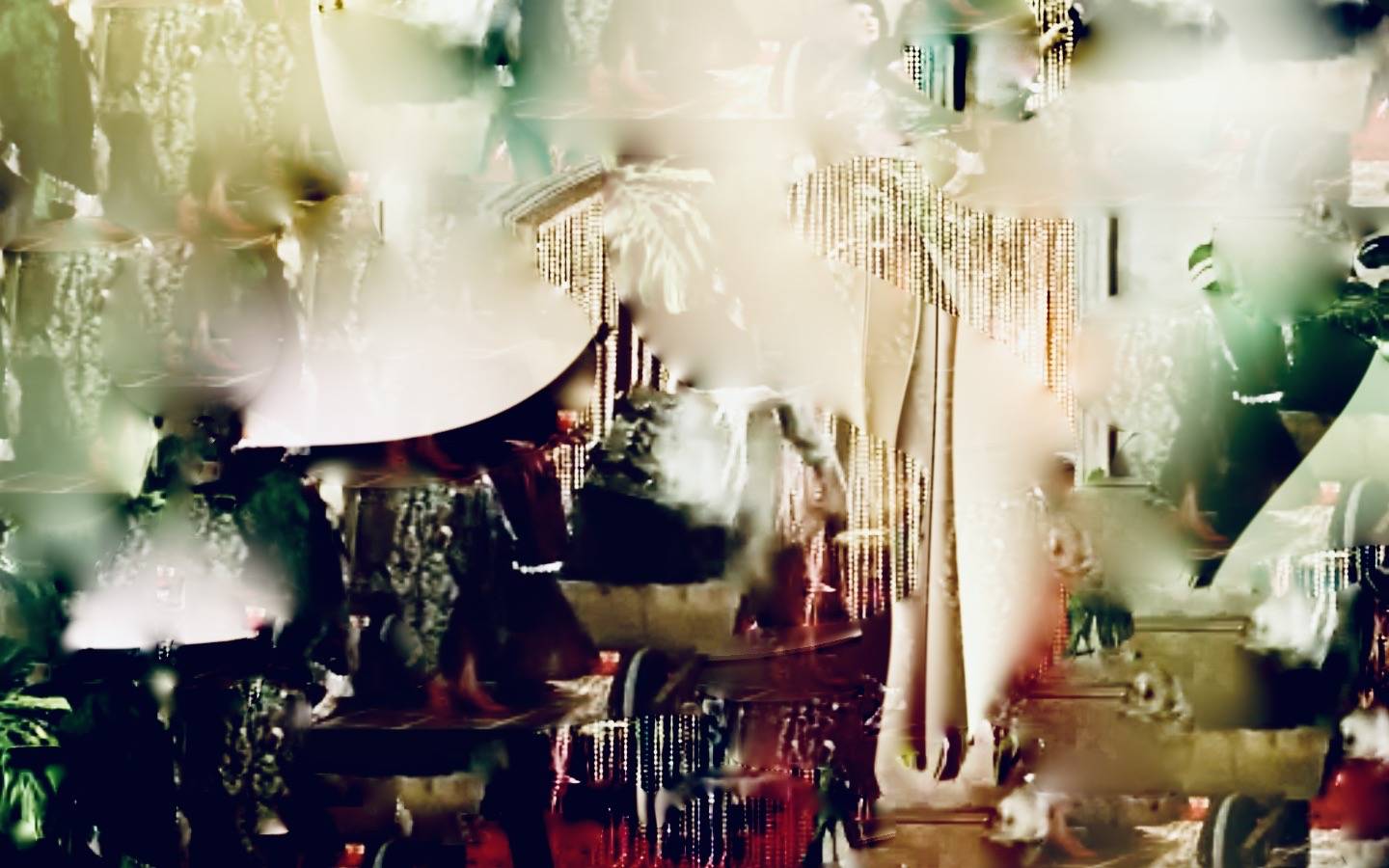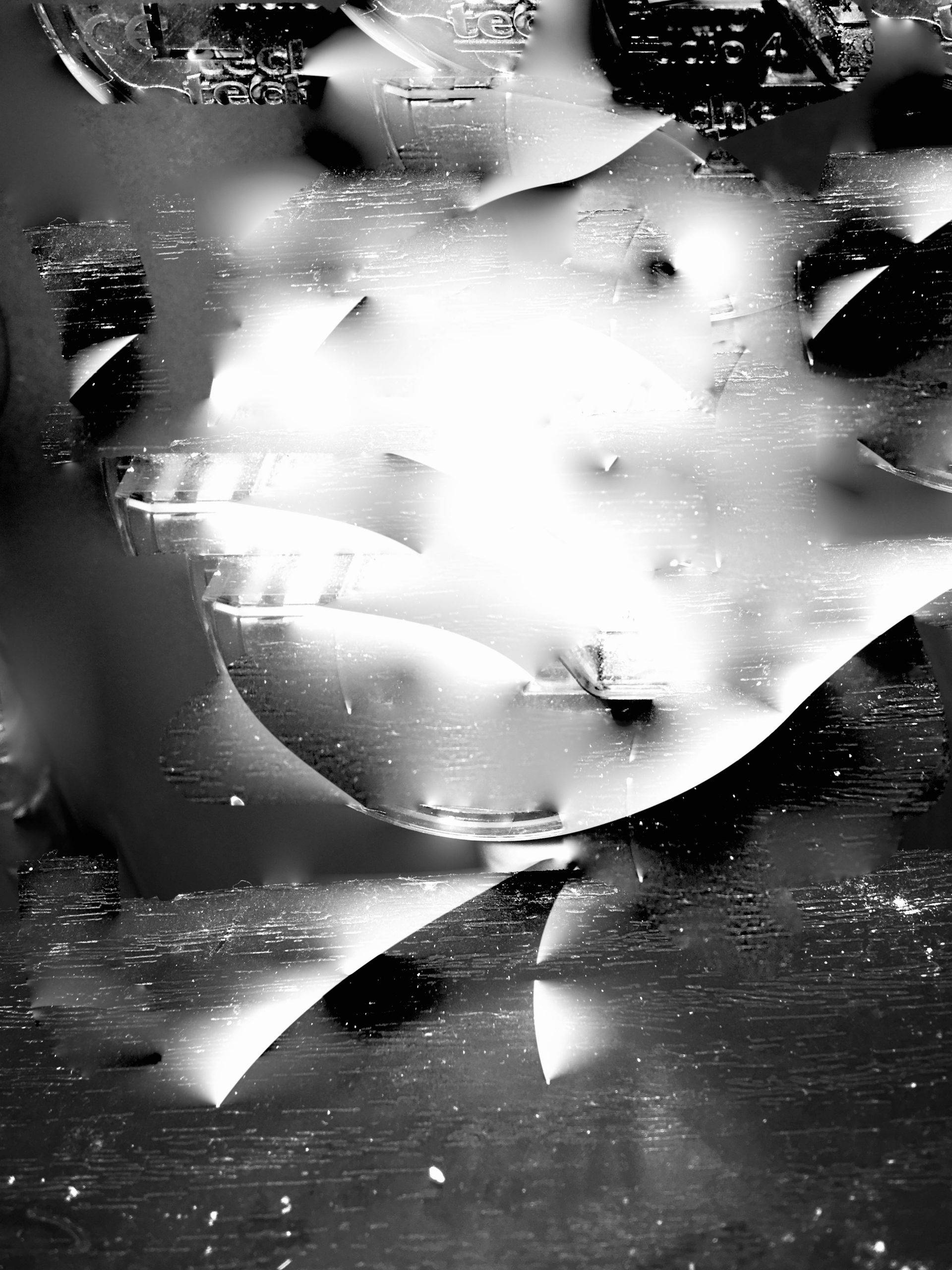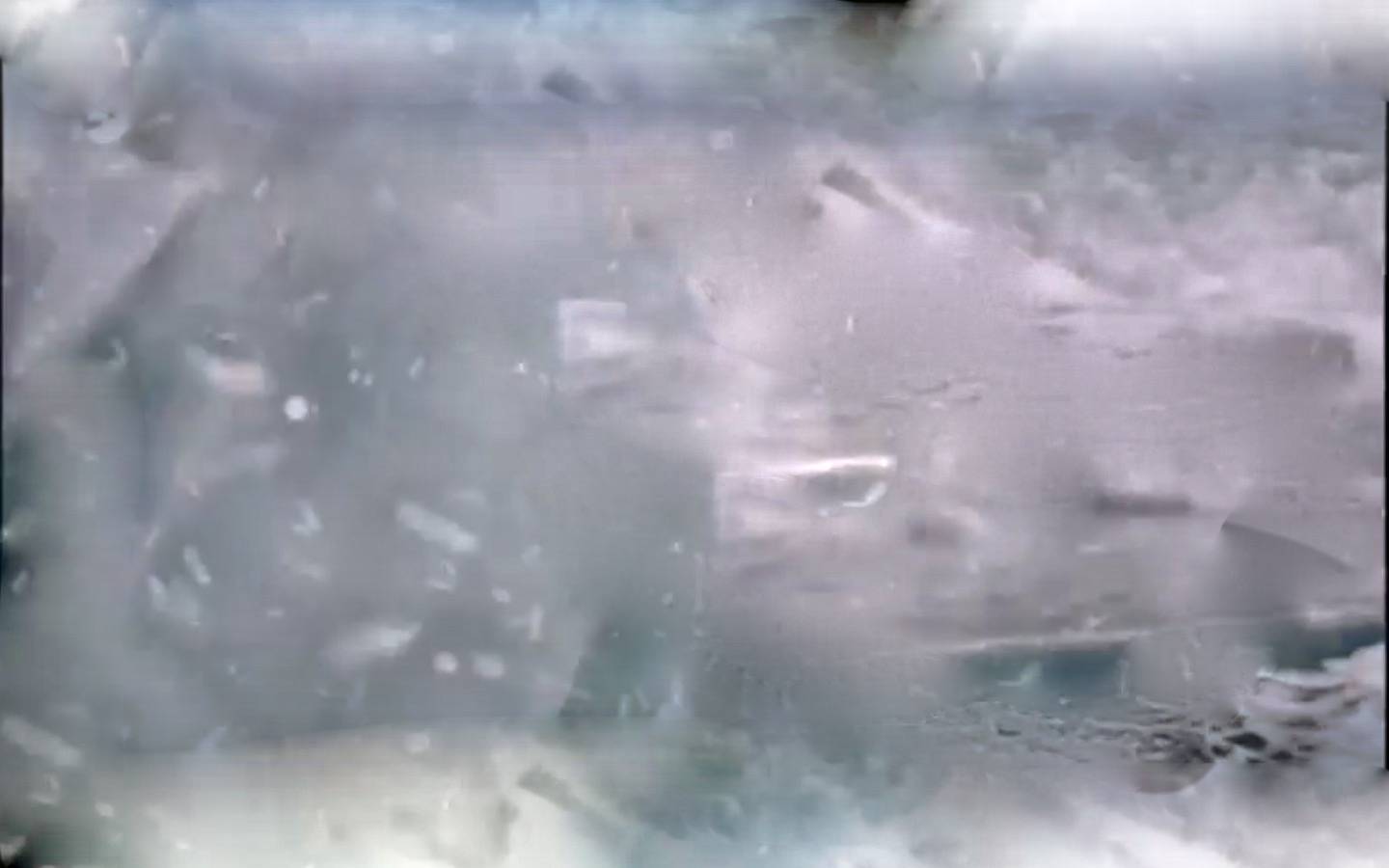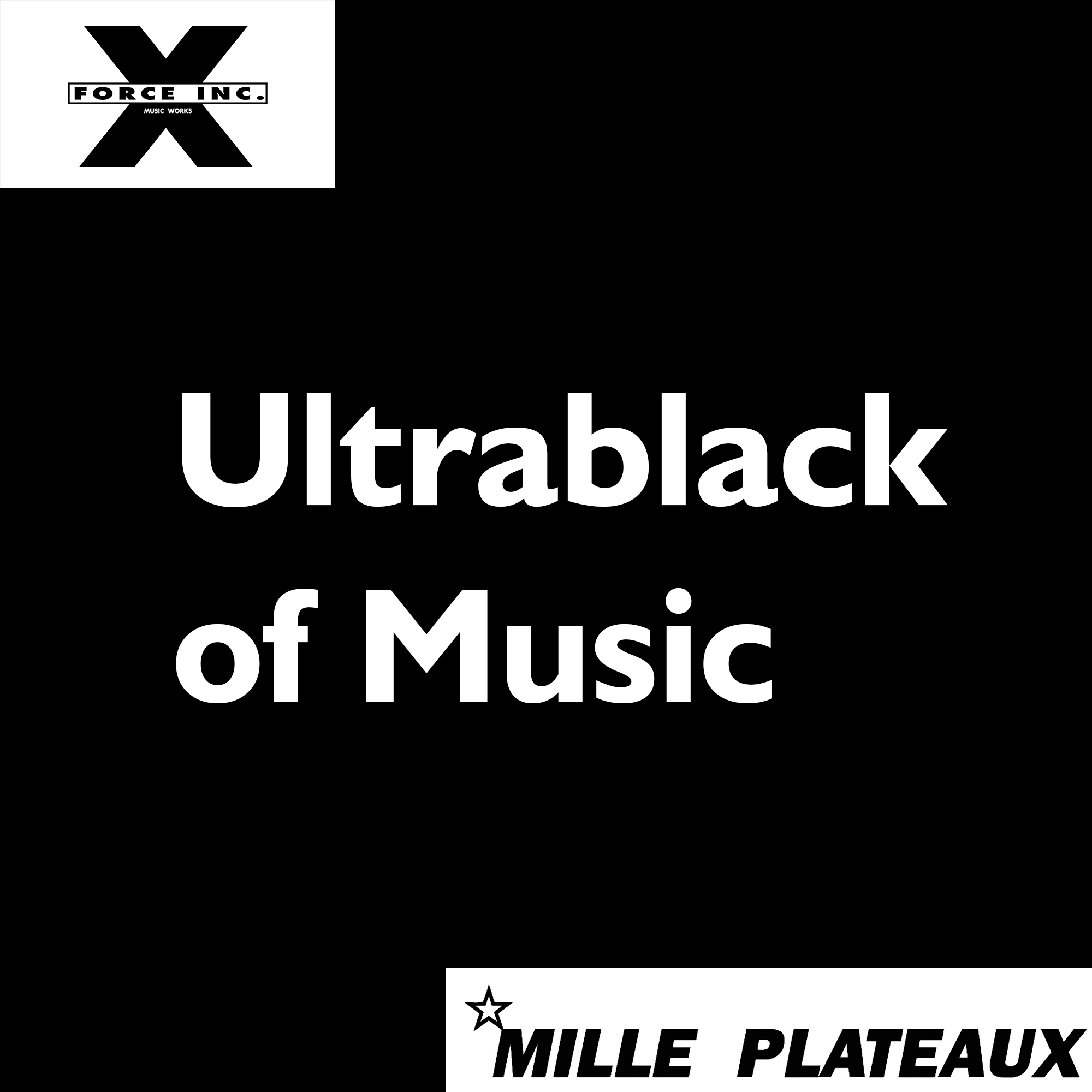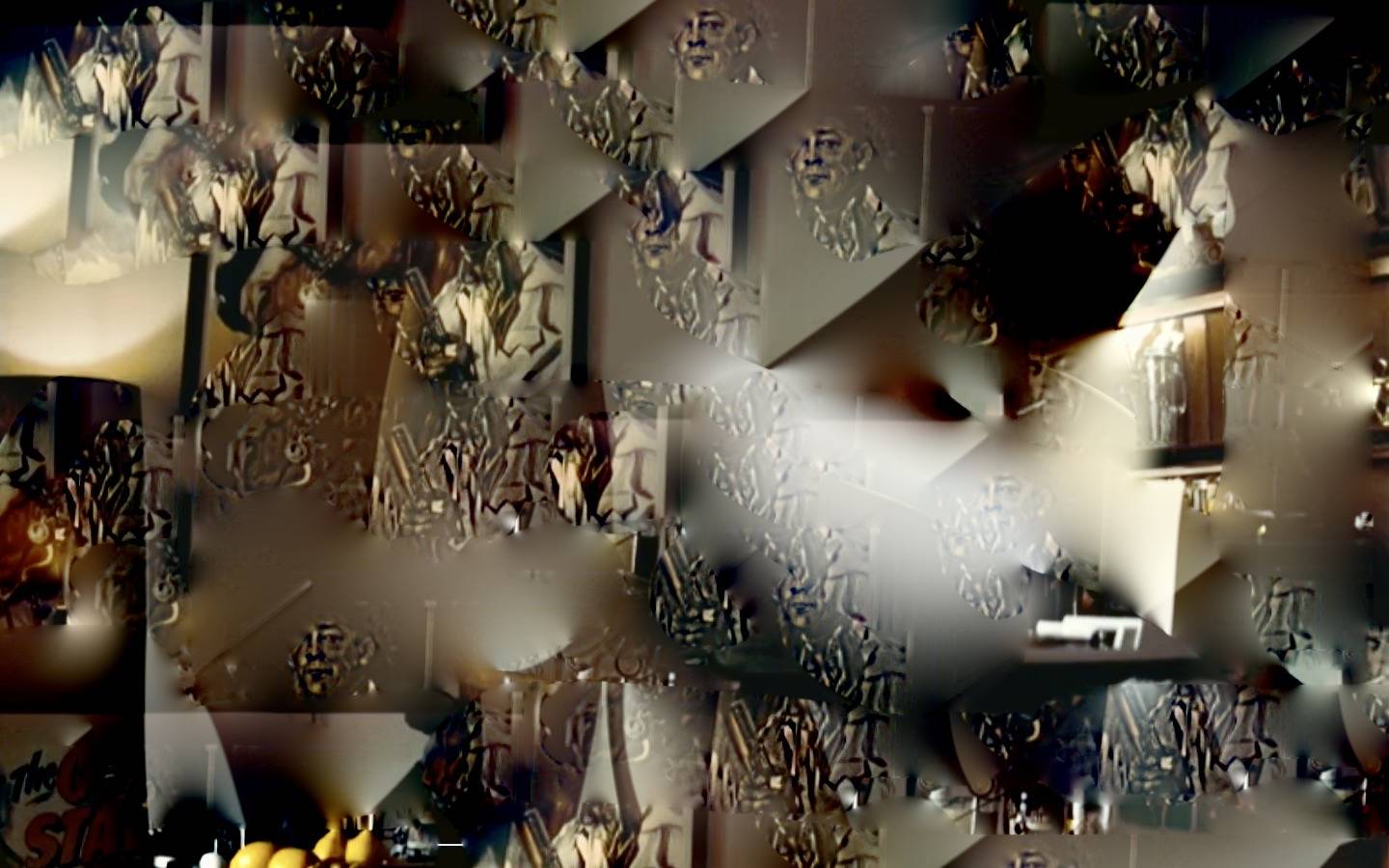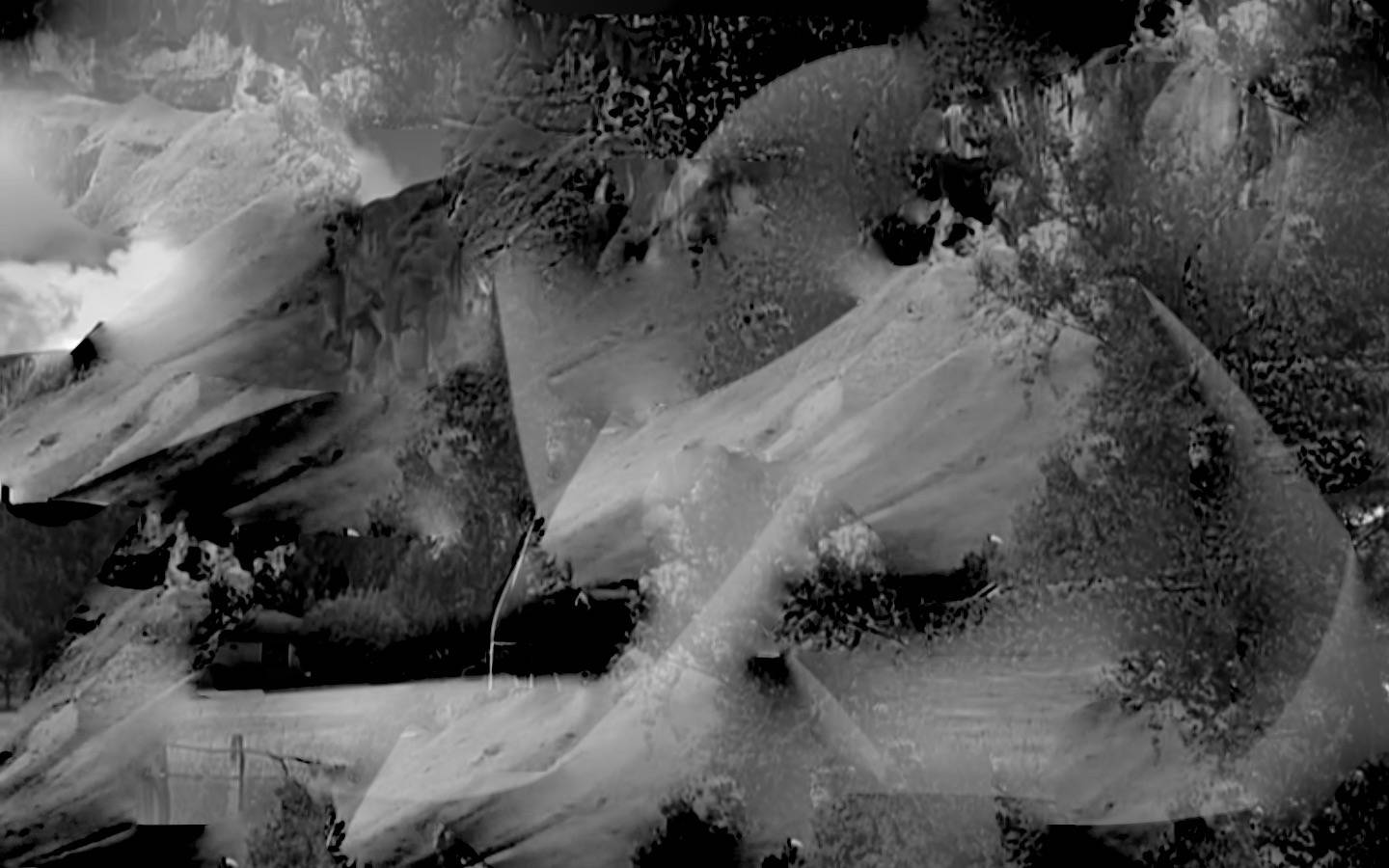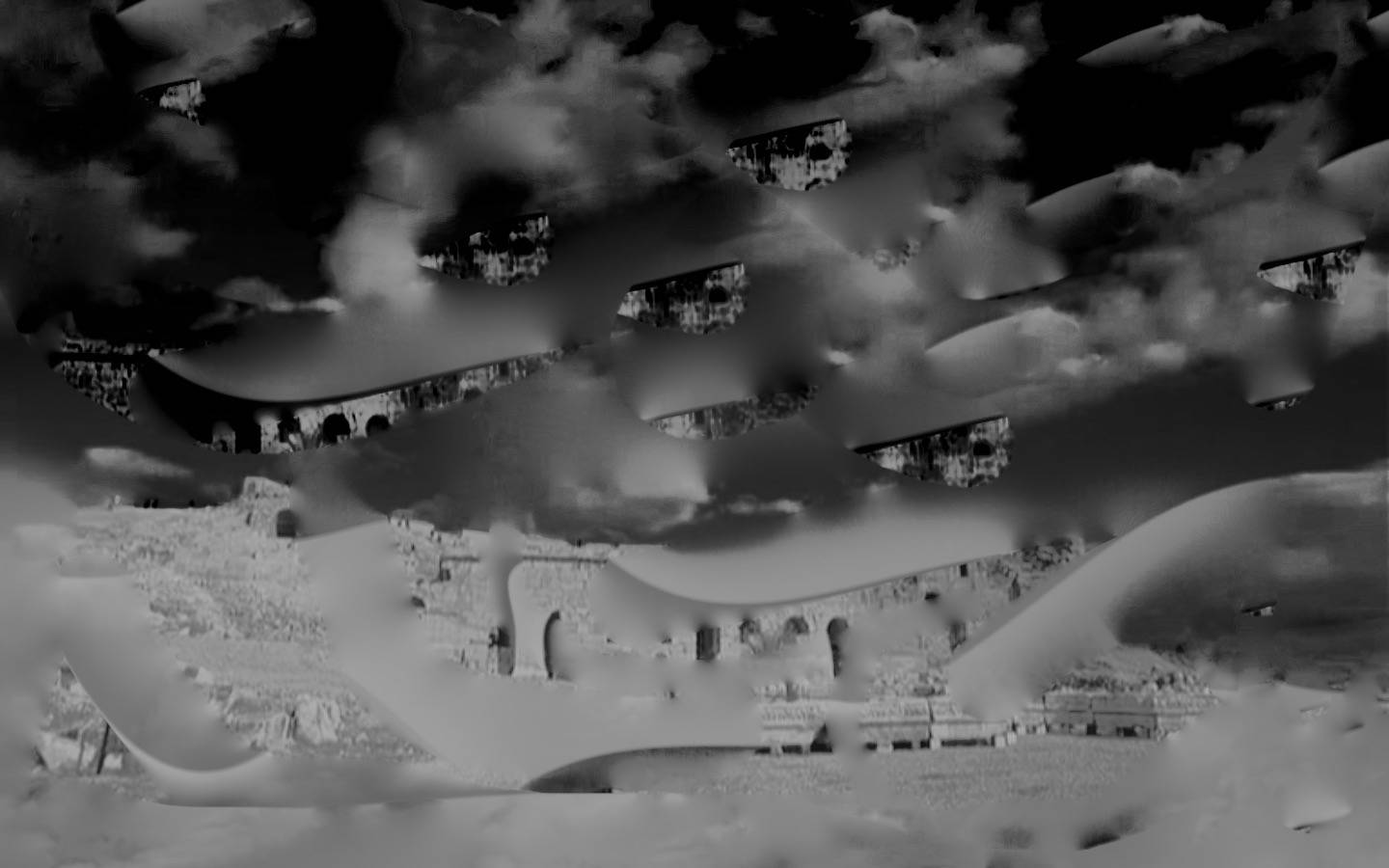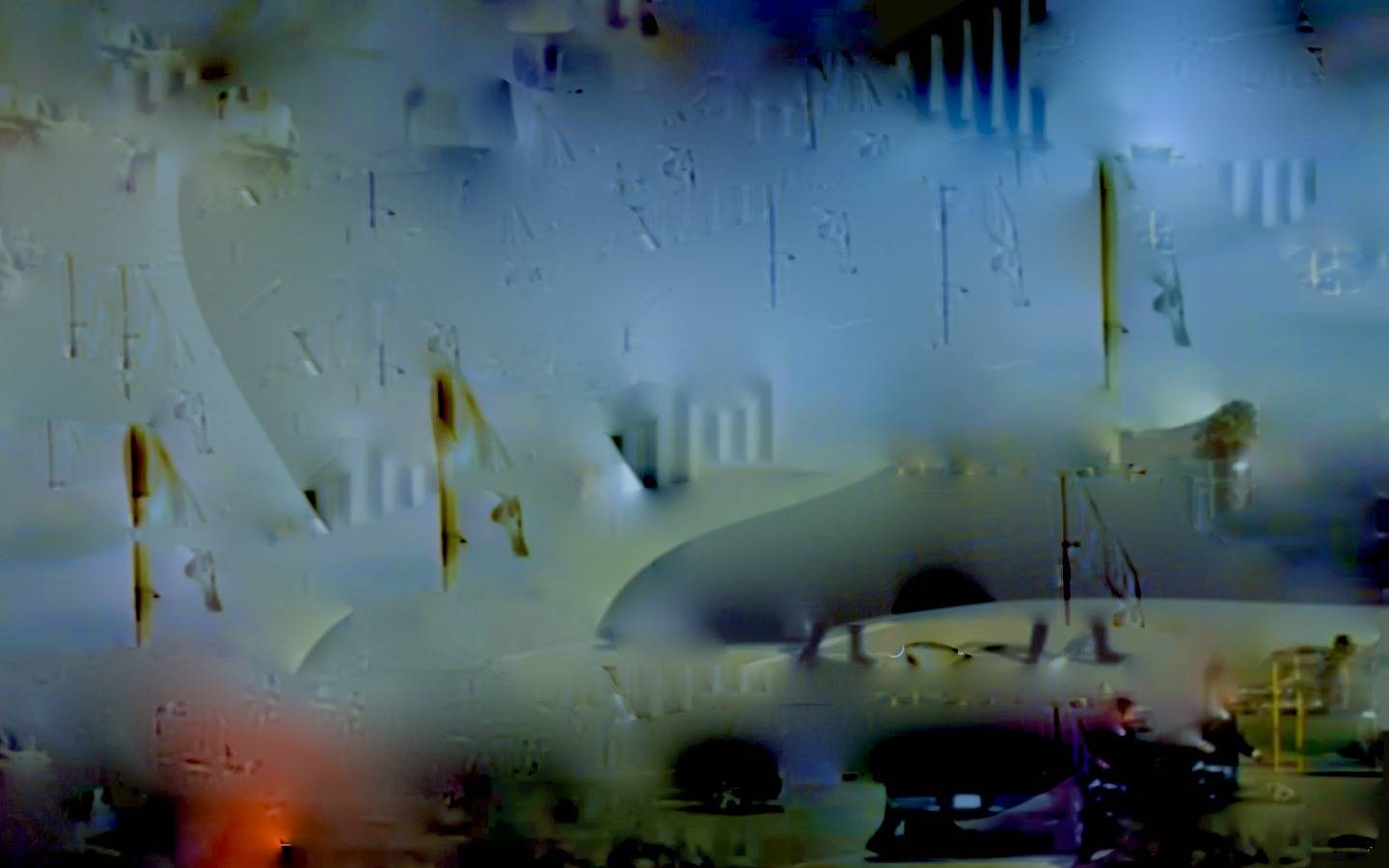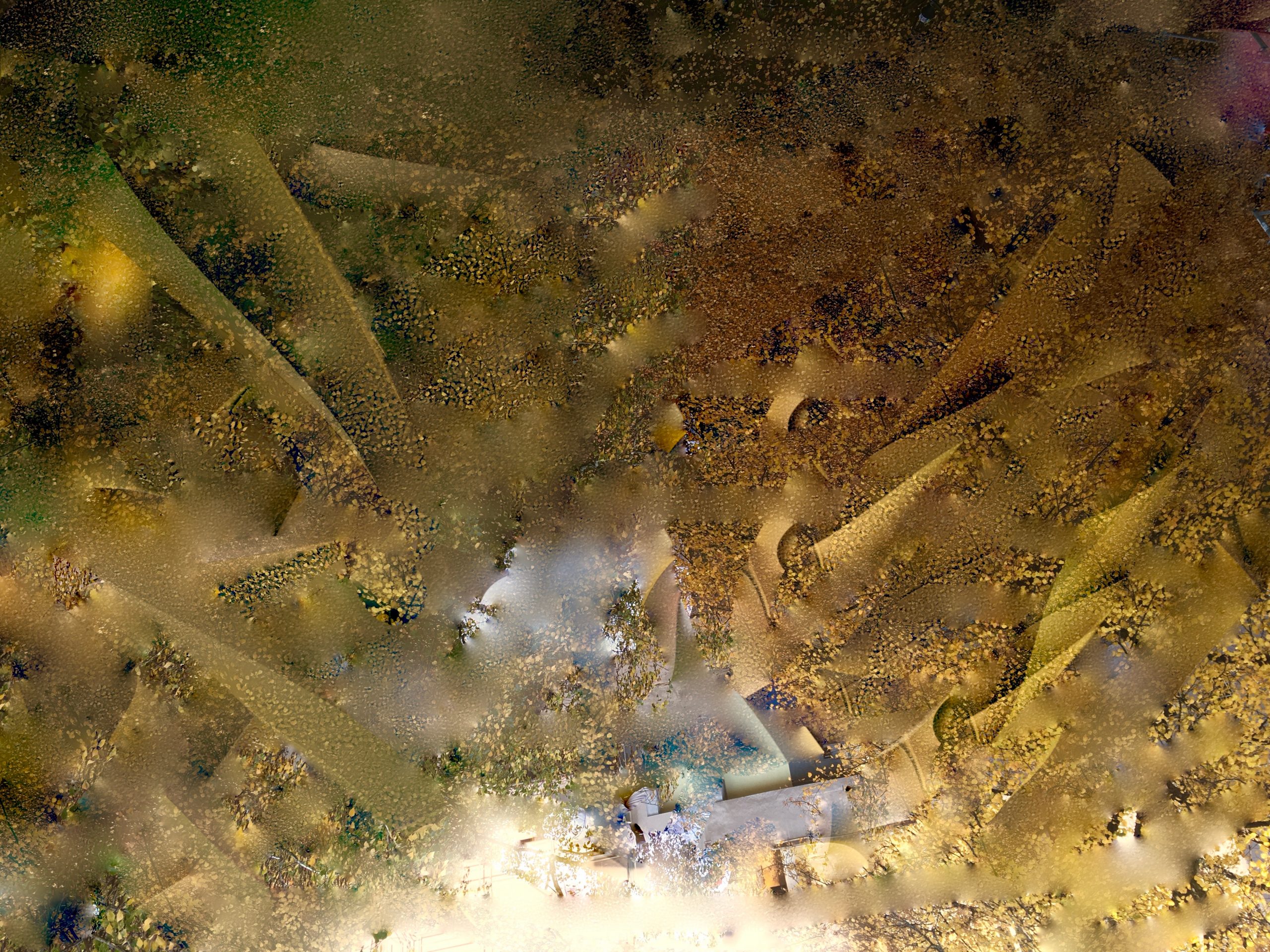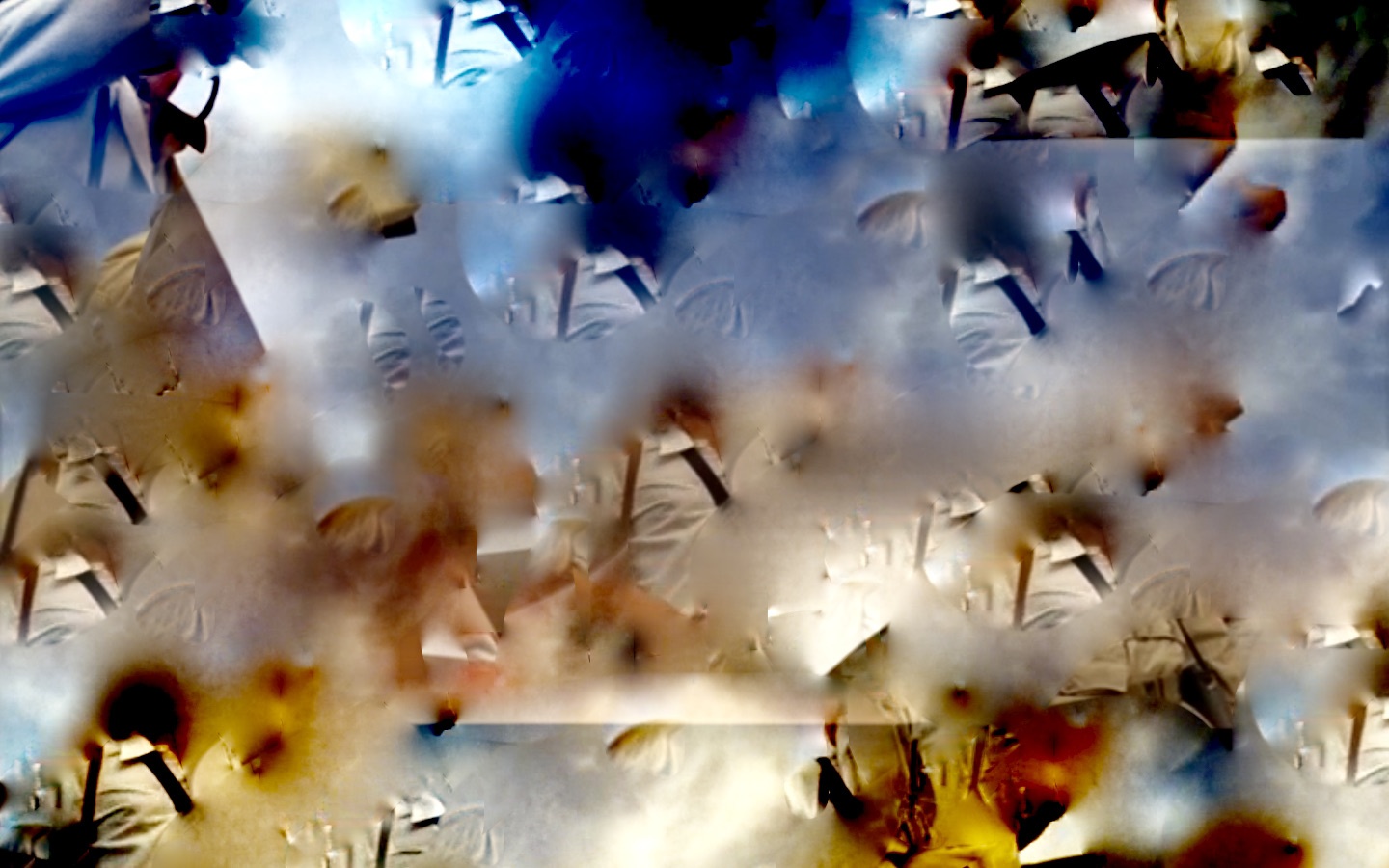On Bodies, Musical Bodies, Dancing Bodies, and Bodies without Organs
Negative Being The Body-without-Organs (BwO) is like the Tao, in that it just about always escapes definition, always evading the words. In simple terms, it is like a sheet of white paper. In more complex terms it is like “union” […]
On Bodies, Musical Bodies, Dancing Bodies, and Bodies without Organs

